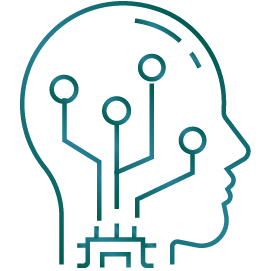
CAIS
Recent advances in machine learning and deep learning have captured the public’s imagination. Computer algorithms are mastering capabilities and applications once believed limited to humans, such as image classification, and vision, speech, and language translation. New barriers are being broken where forms of artificial intelligence (AI) can beat world champions at strategic games like chess and GO and detect cancers better than human doctors. Even creative barriers are being breached using generative adversarial networks (GANs) where two neural networks compete with each other - the contest between one network learning to generate new data and the other learning to discriminate true, “real” data from those fabricated by machine. GANs can be used to create photorealistic images for design, computer landscapes, and even human faces and figures in place of models or actors.
This progress is generating both excitement and fear, fueling a debate on the development of artificial general intelligence. In his New York Times bestseller, Superintelligence: Paths, Dangers, Strategies, Nick Bostrom warns of superintelligence as potentially highly dangerous to humans. Whereas Eric Drexler’s concept of comprehensive AI services (CAIS) assumes that specialized, narrow AI will continue to improve (as it has) for specific tasks and that the range of tasks that algorithms will be able to perform will become wider and so comprehensive that it will begin to resemble a general intelligence. Rather than an artificial “superintelligence being,” general AI would be more like a search engine, looking among the tasks it can perform for a match to the request. Indeed, engineers at Google know a thing or two about search and have indicated ambitions to build AI systems that can generalize to a new task, using much less data and with much less computation.